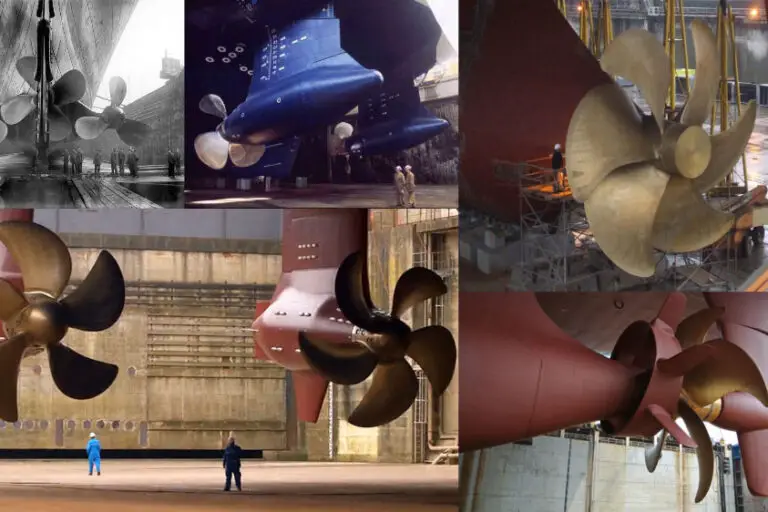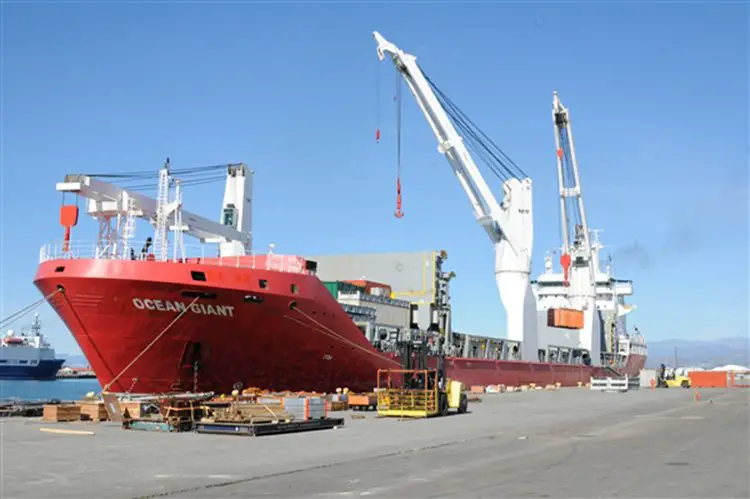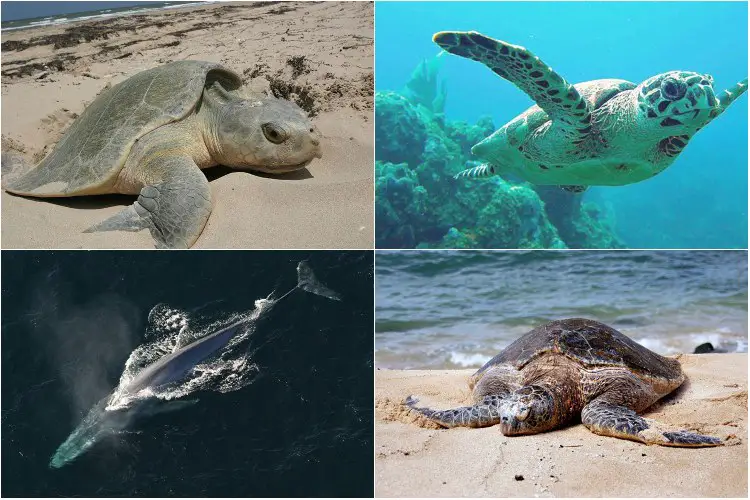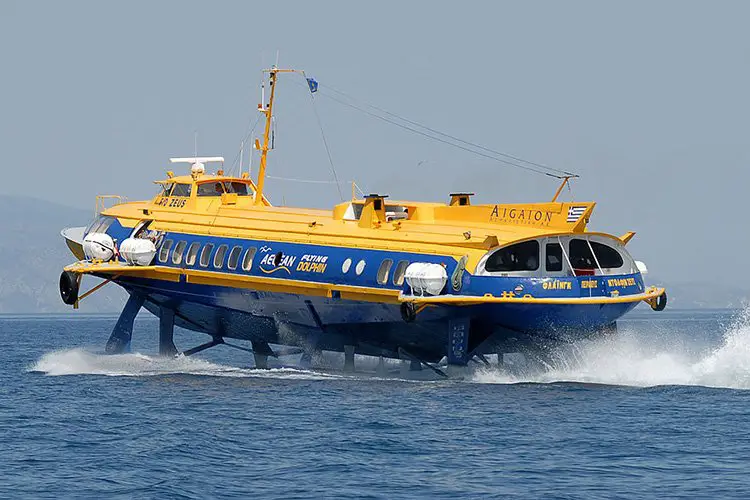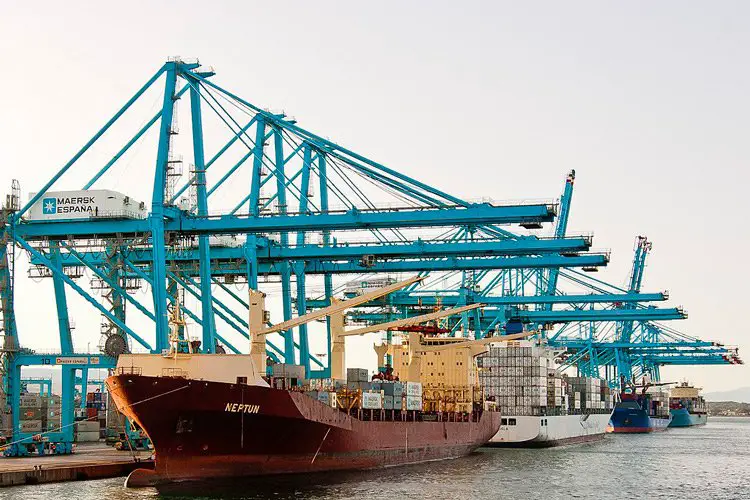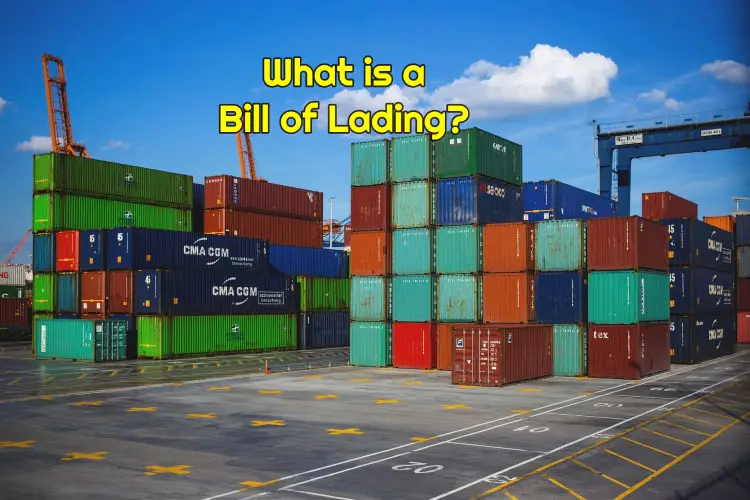What is the Great Pacific Garbage Patch? Facts & Myths
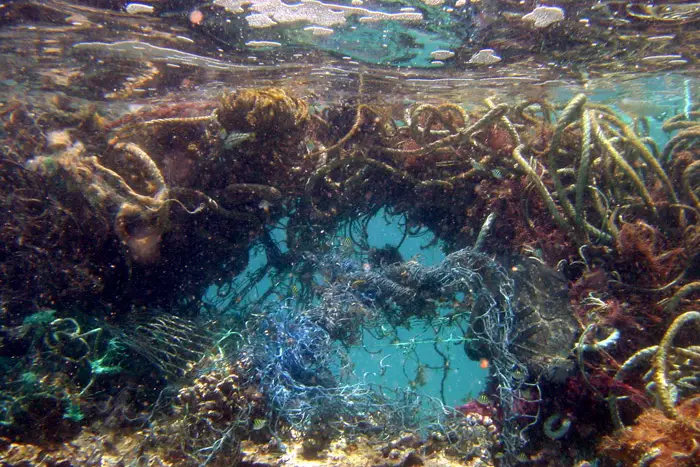
The Great Pacific Garbage Patch (GPGP) is a gigantic collection of marine debris and waste found in the middle of the North Pacific Ocean. It is also known as Pacific Trash Vortex. The main constituents of this garbage are plastic debris that the ocean currents collect.
GPGP is also called as Pacific trash vortex.
Great Pacific Garbage Patch Facts
1) When was the Great Pacific Garbage Patch Discovered?
GPGP was discovered by Charles Moore in 1997. He is a yachtsman and sailed into an island of marine debris made of plastic and other trash. The name though was given by Curtis Ebbesmeyer, a Seattle oceanographer.
2) Formation of GPGP
The swirling of the ocean currents in the North Pacific is the primary reason behind the creation of the GPGP. The accumulation of waste is mainly facilitated by the subtropical gyre that is present in the waters of the Northern Pacific.
A gyre is a vast system of rotating water currents formed by wind patterns and Earth’s rotation. In this case, the North Pacific Subtropical Gyre is formed by the interaction of the California, North Equatorial, Kuroshiro, and North Pacific currents moving in a clockwise direction.
The gyre currents move in a clockwise direction thereby carrying the garbage along their path of movement towards the center of the North Pacific Ocean. The constant disposal and collection of trash from the East and West parts of the Pacific Ocean have made the North Pacific a convergence point of this floating mass of junk.
The trash is pulled into the center of the gyre where it gets trapped. Fishermen and ships are forced to avoid the pathway that has been created from the accumulation of the massive amounts of garbage floating in this region.
3) Great Pacific Garbage Patch size
This mass of trash covers approximately 1.6 million square kilometers which when put into perspective is thrice the size of France 1. The total mass of plastic floating in GPDP is somewhere around 80,000 tonnes.
How big is the Great Pacific Garbage Patch has vexed the scientists at first. To estimate the size of this floating mass, very extensive research was conducted involving 30 boats, 652 surface nets, and two flights over the patch to gather aerial imagery of the debris. The sampling at different locations was conducted almost simultaneously so that the size of GPGP could be calculated more accurately as it keeps floating and drifting changing the size and shape continuously.
The density is however not uniform and is higher at the center and gradually decreases towards the boundaries. It is interesting to know that while making the previous calculation only the denser areas were taken into consideration otherwise the number would shoot up to 100,000 tonnes easily as it accounts for a total of 1.8 trillion plastic pieces.
As mentioned previously, the concentration of the waste plastics is higher at the center reaching 100s of kg/km2 at its highest, and gradually decreases towards the outermost regions coming down to 10 kg/km2.
4) Location
Ocean never remains constant. Due to winds and water currents according to the season, the location, size, and shape of the GPGP change continually. Scientific reports prove that the GPGP position showed clear inter-annual variations, with the latitudinal position of its center oscillating around 32°N and some frequent temporary displacement southward (26°N to 30°N depending on the forcing scenario). Similarly, there is also a clear seasonal variation in the longitudinal position, with its predicted center oscillating around 145°W and appearing to shift from west to east between boreal winter and summer.
GPGP is actually made of 2 patches – One is the Western Garbage Patch near Japan, and the other is the Eastern garbage Patch situated between Hawaii and California linked together by the North Pacific Subtropical Convergence Zone, just north of Hawaii. Here the warm water current from the South Pacific meets the cold water from the Arctic creating a current that transports debris from one patch to the other. The entire GPGP is bounded by the North Pacific Subtropical Gyre.
5) What is the Pacific Trash Vortex comprised of?
Mostly Plastic!
GPGP comprises all sorts of things, but the primary constituent is the Plastic. According to an estimate, 80% of the garbage is from land-based activities while the rest is from sea-based operations.
Over 75% of the GPGP mass consists of pieces of plastic larger than 5 cm and at least 46% was comprised of fishing nets. Microplastics makes up 8% of the total mass but 94% of the 1.8 trillion bits.
It is estimated that 1.15-2.41 million tonnes of plastic pollution enters the ocean every year from rivers2. This is not surprising because plastic use increasing every day. Global production of plastic has exceeded 300 million tonnes per year. Plastic is long-lasting, cheap, used in almost all industries and its recycling rate is also low. Due to this, a large portion of plastics is disposed of in waterways which end up in oceans.
The maritime industry has also adopted plastic in many ways which have exacerbated the problem many times over.
Since plastic is so ubiquitous that the composition of the garbage is not a surprise. Plastics are not bio-degradable. To worsen the scenario, a process called photodegradation (Sun breaking down plastics into small pieces) coupled with waves and temperature changes result in vast swathes of microplastics which pose a grave hazard to all the ecosystems of the Earth.
Once this process happens, plastic pollution is no longer confined to the surface of the water. They go as deep as the ocean floor. This is when they become almost impossible to remove. What is more alarming is the fact that they get mistaken for food by sea animals and enter the food cycle.
6) How Microplastics Affects Marine Life and Humans?
As pointed out earlier a significant problem with plastic debris is that their color makes animals and birds think that they are food components and this leads to large-scale malnutrition. Underwater animals have also been seen to get entangled in plastic thereby causing danger to their lives.
Their behavior, health, and existence are negatively impacted as studies show that 92% of the animals’ interactions with the debris is that with plastic. 17% of these species that are affected by plastic are on the IUCN (International Union for Conservation of Nature) Red List of Threatened Species.
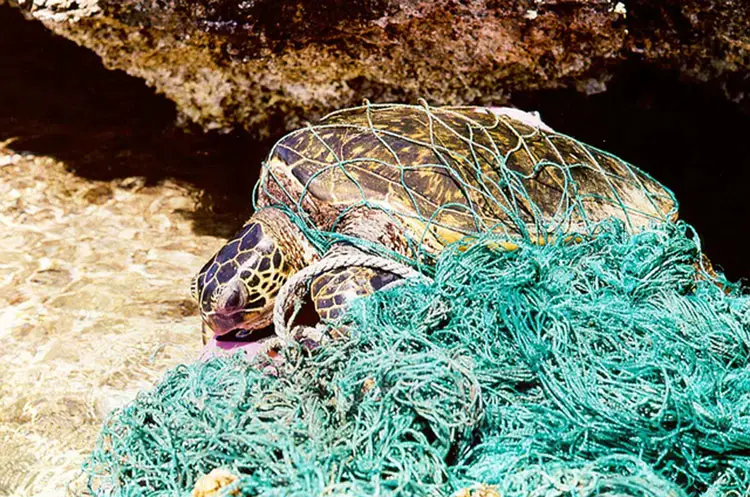
You will be amazed to know that there is 180 times more plastic on the GPGP than aquatic life. Turtles that get caught by the fisheries operating in this region have been reported to have 74% (by dry weight) of their diets comprising plastic accumulated on the surface of the Pacific Trash Vortex. For Laysan albatross chicks from Kure Atoll and Oahu Island, the number is around 45%.
84% of these plastics contain PBT (Persistent Bioaccumulative Toxic) of one sort or the other. Now when this plastic debris is getting consumed by the animals, these toxic chemicals are entering their system and causing health issues.
Entanglement is another issue that the aquatic animals face in the GPGP. 46% of the plastic in this region is from fishing nets. Animals, swim and collide into them and are unable to entangle themselves from these often resulting in their death.
Plastic once ingested by ocean life, especially fish makes its way to human food through the food chain. Following the prey-predator relationship, the harmful chemicals of plastics ultimately find their way to the human body.
Also read: Meaning Of Flotsam And Jetsam In Shipping
7) Is GPGP Clean up possible??
Studies have estimated that it would bankrupt entire nations to clean up that mess. However, that does not mean things need to be as bad. There might be a few things that we can do to stop the situation from getting worse. Ocean cleanup may not be the wisest or feasible choice because more plastic pollutants are dumped every year than can be taken out.
The first step would be to minimize the use of plastic and use as many biodegradable items instead of as possible. This way we can stop adding junk to the oceans.
Simultaneously we would also need to spread awareness regarding the harm that plastic is causing to wildlife in seawaters and consequently to humans. The gruesome fact that animals and birds get attracted to the flashy colors of the plastic and thinking them to be food choke on them could be brought in front of more people.
We should start using alternatives to plastic products like paper bags instead of plastic bags while shopping for grocery and other purposes.
8) Great Pacific Garbage Video
Great Pacific Garbage Patch Myths
There are many myths surrounding the GPGP. We will bust some of those myths in these articles.
1) You can see the Great Pacific garbage patch from space
The patch is not really a big contiguous mass of floating trash. It comprises trillions of big, medium, and small plastic material. Most of the stuff is microplastic which is barely visible to naked eyes. The area spans 1.6 million square km but only a small part is dense. Rest is spread out in a very large geographical area.
2) Ocean cleanup can get rid of the Pacific Trash Vortex
Cleaning is easier said than done. Not only the patch spans a very large area but the area also keeps changing often in many directions due to the forces of nature such as wind and ocean currents. To make matters more complex, most of the plastic pieces are microplastics which is very difficult to collect. If 67 ships are put to task for a year they will be able to clean just 1% of the debris3.
Rather than an ocean cleanup (which can continue), efforts should be made to stop the disposal of waste and debris to the ocean and seas in the first instance.
3) It is twice the size of Texas or thrice the size of France
These are just guesstimating to emphasize the magnitude of the problem. The fact is that first of all, the size keeps changing, and secondly, we are just seeing the tip of the iceberg. Most of the debris is submerged and lying on the seafloor away from our eyes and mind.
Conclusion
A complete great pacific garbage patch cleanup process might be extremely financially taxing and practically impossible. But we can surely prevent the situation from worsening. The change needs to come from us, and we need to change our lifestyle to a much healthier one.
Being nature-friendly will only benefit us in the long run and hurt it would cause our ruin. If we keep using plastic, it will permeate into the food chain at a level so deep that it would be impossible to carry out extraction and everything we eat and breathe will be permanently contaminated.
Thus it is important that we realize the urgency of the situation and make the ones around us aware of it too.
Photo credit:
https://www.flickr.com/photos/usoceangov/4314177438/
https://www.flickr.com/photos/noaamarinedebris/7656597150

